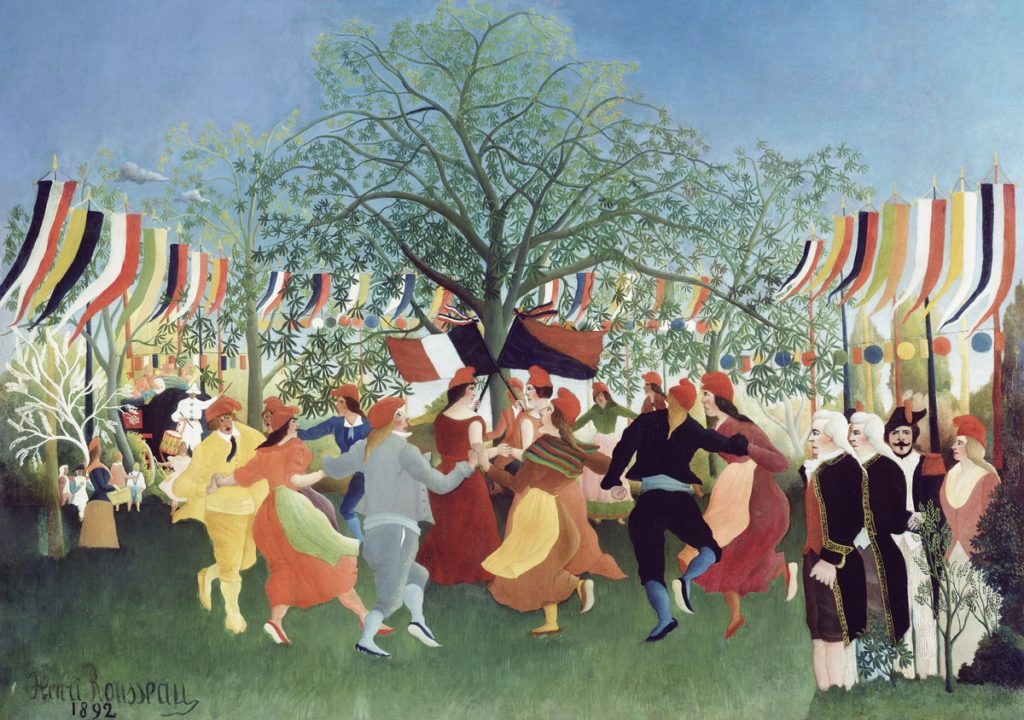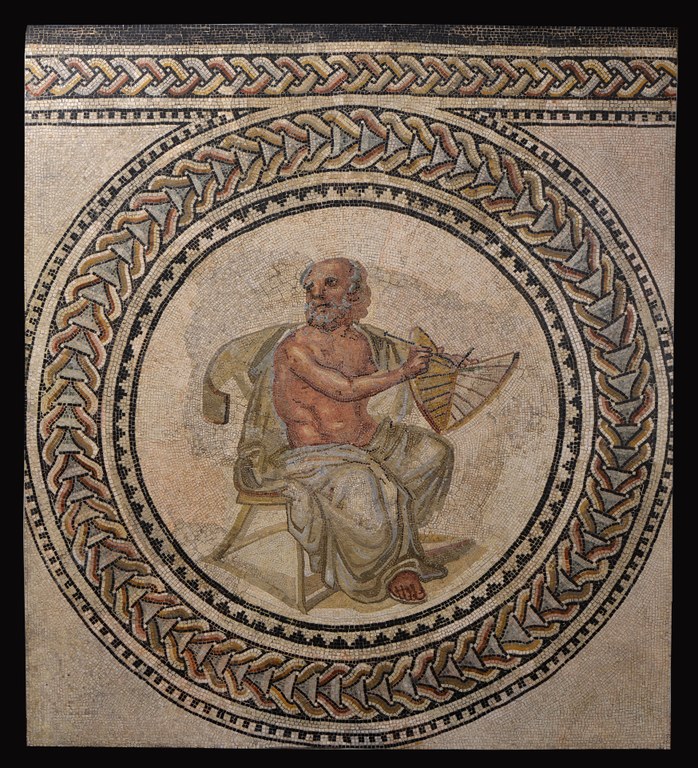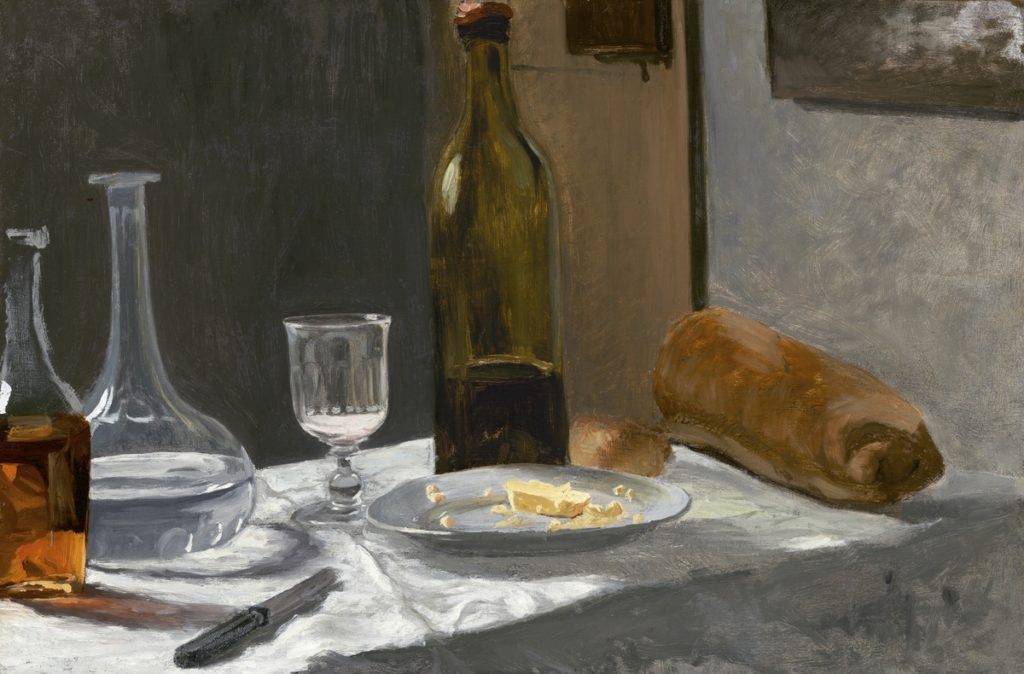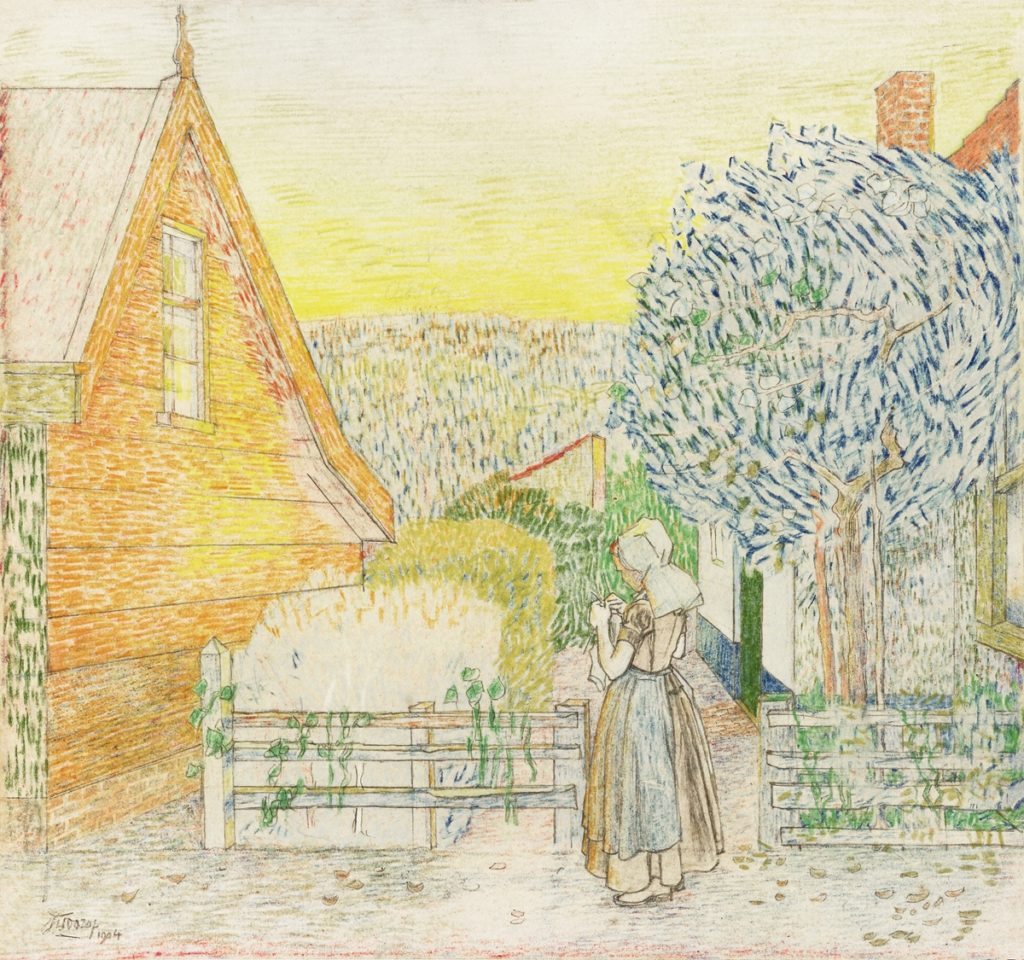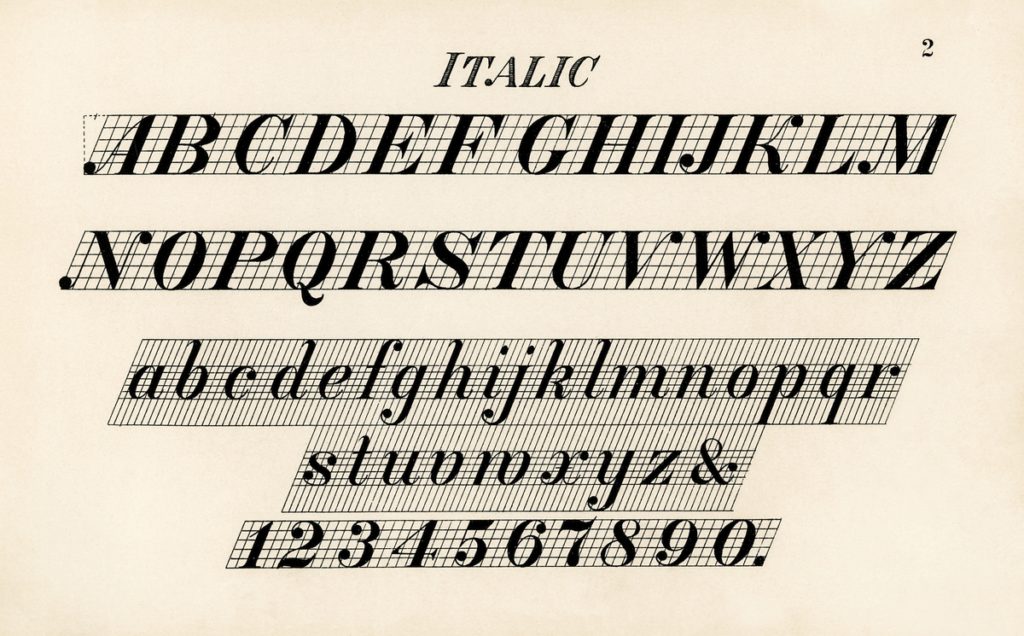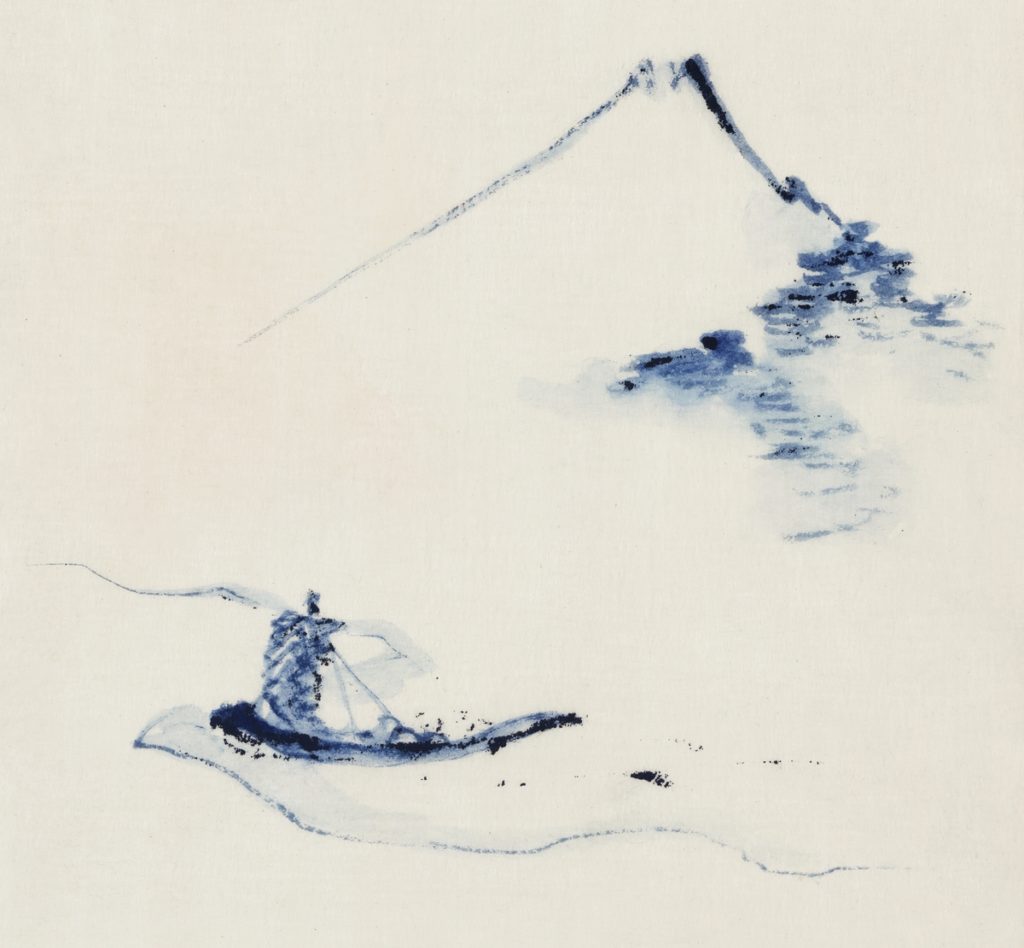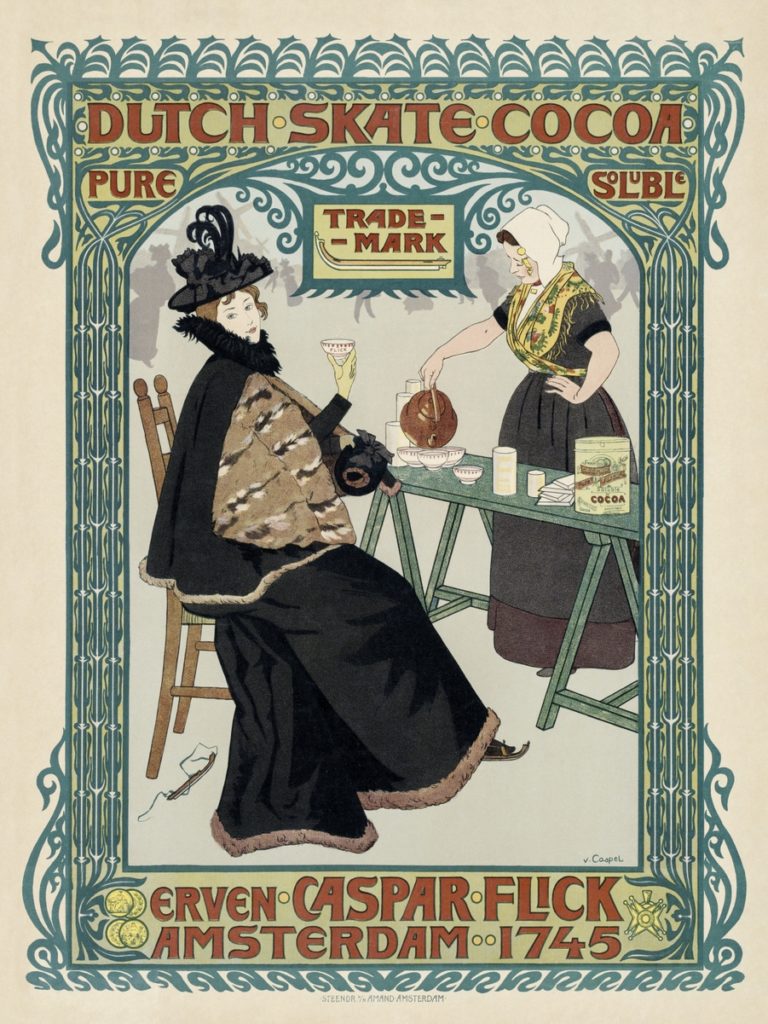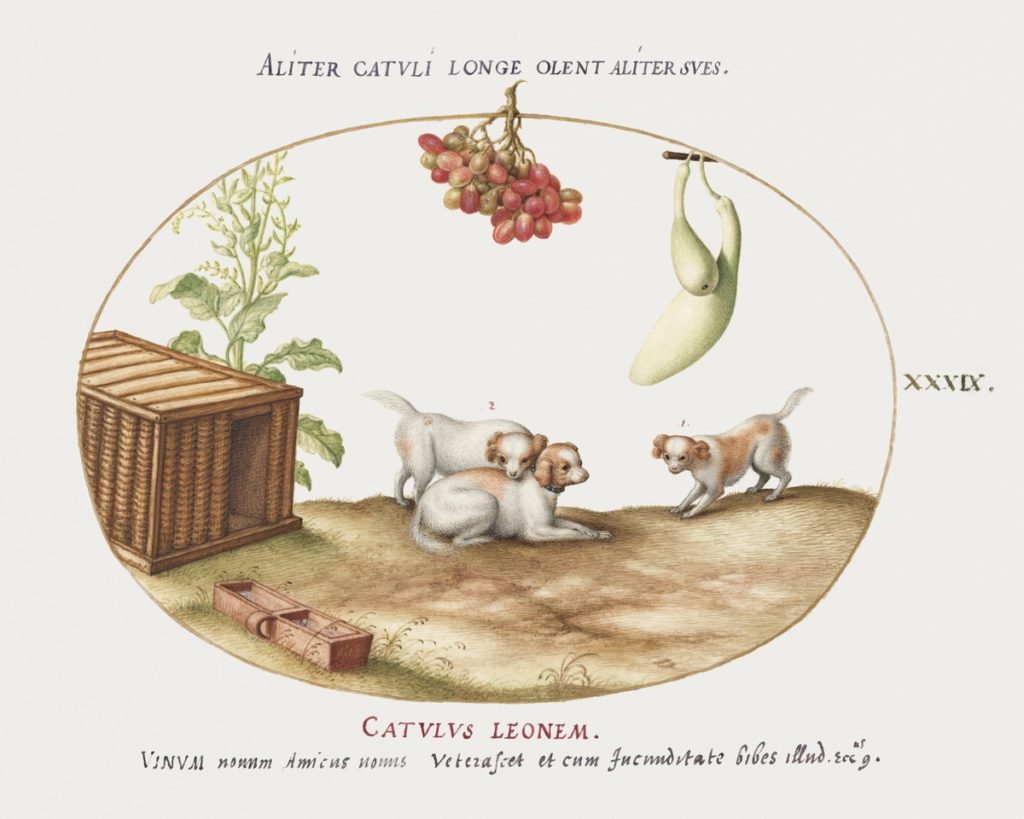Growing up in a Christian home, I didn’t learn about Chinese religions. The one thing I remember is my mom telling me that the Taoists are really crazy.
When I started dabbling in Eastern philosophy a few years ago, I thought she was talking about the slippery mysticism of the Dao De Jing and the Zhuangzi.
My mom was a history major so I wouldn’t be surprised if she was forced to painfully slog through a philosophy class in college. But I also suspect she saw many religious ceremonies growing up in Taiwan.
The philosophy might be mindblowing, but wait till you check out its practices. This book described a series of practices that run between wild and completely bonkers.
Admittedly, a Bible story (take something as basic as Christmas) is totally ridiculous for someone who was not raised in the hegemony of Christian myth. So to be fair, all religions are pretty far out.
But we entered the modern age to get beyond everyone’s superstition. I’m not sold on the intricate cosmology of Christianity, and there’s no reason to adopt the talismans and esoteric exercises on Taoism.
This book did its job. It gave me enough of an overview to realize that I don’t need to investigate this religion further. Admittedly Taoists are a heterodox bunch so I’m certain there is a more sedate sect that might suit my preferences.
But time is limited, so I’ll just sample the philosophy, proverbs, and wisdom in all these traditions, and leave the religion to their participants, just as I let my parents worship in peace.
TLDR: Here is a quick overview of Taoism on youtube…while you’re at it, he also put together a great takedown of Hollywood depictions of Asian “honor”.
